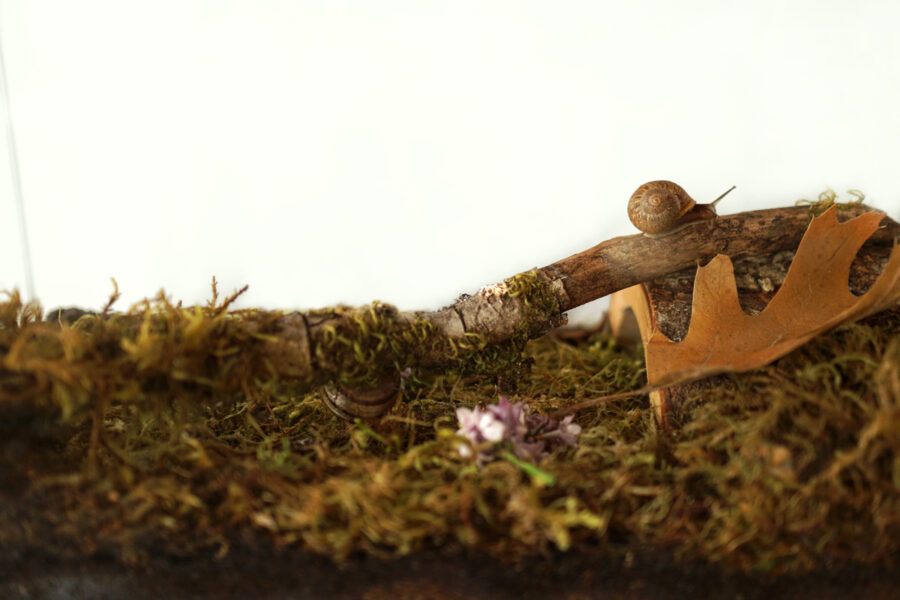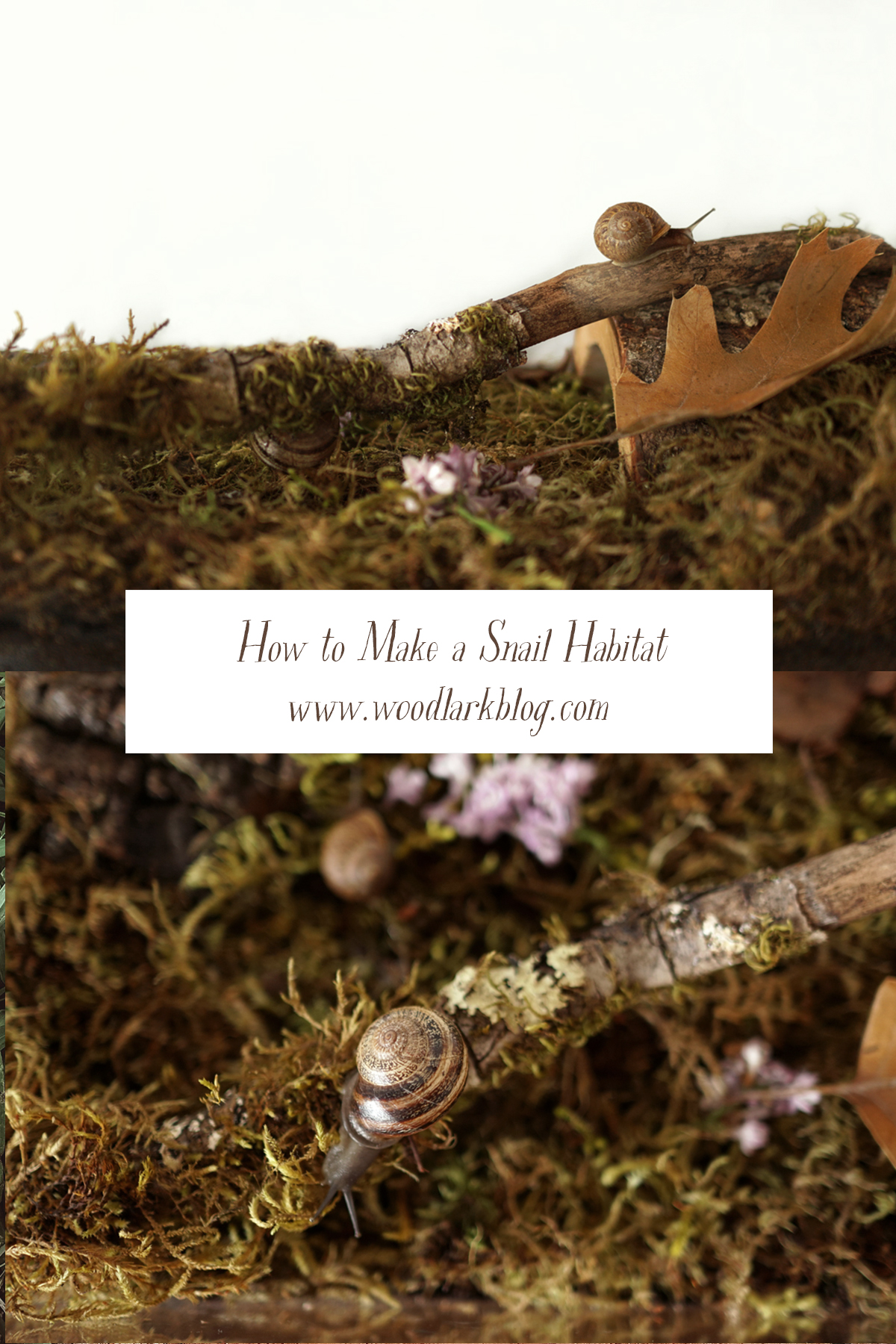
Garden land snails are adorable, low-maintenance pets that can bring a unique charm to any household. Not only are they easy to care for, but they also enjoy being handled (with proper safety precautions, of course). Observing these fascinating creatures can be a delightful experience. While they may be commonly mistaken for insects, snails are actually mollusks and are closely related to clams, oysters, and mussels. With an average lifespan of 5 years, and the potential to live up to 20 years in captivity, owning a snail requires commitment and responsibility. So, if you’re ready to welcome a new member into your family, let’s get started on creating the perfect habitat!
The Right Home for Your Snail(s)
Choosing the right habitat is crucial for your snail’s well-being. Opt for a large glass or plastic terrarium, the size of which will depend on the number of snails you plan to keep. As a general rule, a 5-gallon tank is suitable for a couple of snails, but if you wish to have more, a 10-gallon tank is ideal. Remember, allow 1 gallon of space per snail. Snails do not require a heat source, but proper ventilation and a secure, removable lid are essential. Look for a terrarium made of glass, equipped with a sliding metal screen on top that locks into place. Investing in a good quality terrarium will ensure easy maintenance of temperature and humidity levels.
Creating the Perfect Environment
Start by adding a few inches of pesticide-free and chemical-free substrate to the bottom of the terrarium. Avoid using bagged potting soil, as it may contain harmful chemicals. Snails have a natural inclination to burrow, so it’s best to steer clear of sand, pebbles, or gravel as well. Instead, opt for sterilized soil specifically sold for pet terrariums. This soil will provide a suitable environment for your snails without introducing parasites or other unwanted elements into your home. Consider adding a layer of sphagnum moss, which helps maintain ideal humidity levels and provides soft padding for your snails to burrow into and nibble on. Note: Avoid peat moss as it is too acidic for snails’ well-being.
Snails love to climb, so having sticks, bark pieces, branches, and leaves in their habitat is essential. However, it’s advisable to avoid rocks, as snails may climb the walls of the tank and risk falling, potentially damaging their delicate shells. Create a crawling space for your snail(s) and provide a hiding spot. You can add a hollowed-out log cave or create a cozy nook using a large oak leaf. Additionally, consider incorporating real non-toxic plants or grasses. Research the plants thoroughly before introducing them to your snail’s environment.
Habitat Placement and Maintenance
Select a location for the terrarium that avoids direct sunlight. Snails thrive in a humid climate, so mist the substrate inside the terrarium with filtered water as needed. Make sure everything is moist but not overly saturated. We recommend misting the habitat daily with a fine mist spray bottle. Regularly remove any waste and uneaten food to keep the enclosure clean. Additionally, perform a thorough cleaning of the terrarium once or twice a month to maintain a healthy living space for your snails.
A Balanced Diet for Happy Snails
Garden snails are herbivores and have a varied diet. To keep them healthy and content, ensure they receive fresh raw vegetables and fruits (avoid acidic fruits), along with a calcium source for their shells and protein. Leafy greens, carrots, dandelion leaves, cucumber, apple, and flowers are some specific favorites that our snails love. Remember to clean the food before feeding it to them, removing any potential harmful elements. Provide a shallow dish of filtered water for your snails to drink from or play in.
Safety First!
Handling snails is absolutely safe, as long as you follow proper hygiene practices. Before and after handling your snail(s), make sure you and your children wash your hands thoroughly. Although snails don’t pose a significant risk, it’s always essential to practice good hygiene to avoid any potential exposure to pathogens. Ensure your children do not put their hands in their mouths, rub their eyes, or handle food before washing their hands thoroughly. Let’s prioritize safety for everyone involved!

Creating a happy and comfortable habitat for your pet snails will not only provide them with a safe environment but will also enhance your enjoyment in watching these fascinating creatures. Welcome them into your home and let them become a part of your family. For more exciting updates and useful tips, visit HOT NEWS DAY, your go-to source for the trendiest news and stories.